Home » Engagement Models
Amzur’s Transformative Engagement Models
Flexible models that evolve with your business, prioritizing client partnerships and delivering excellence in every engagement.
-
Amzur's Smart Delivery Models
-
Innovating order management: Ambika’s mobile app revolution
Overview
At Amzur, we understand the evolving challenges and trends in the IT and staffing industry. Our Engagement Models are tailored to meet these dynamic needs with innovative, adaptable solutions. Focused on a client-centric approach, we strive to build long-term partnerships based on trust and mutual growth. Our commitment to quality and excellence ensures that our solutions not only meet but exceed industry benchmarks. As your trusted partner, we’re dedicated to supporting and evolving your business, offering flexible and innovative engagement models that grow with your needs.
Strategic Talent Solutions for Unparalleled Growth
Project outsourcing
Project outsourcing
Let us handle your entire project, from start to finish, allowing you to focus on your core business operations.
Learn More

Strategic Workforce Solutions
Strategic Workforce Solutions
Empower your business growth and scale your IT capabilities with our on-demand technology talent, eliminating the need for full-time hires.
Learn More
Dedicated teams
Dedicated teams
We curate a team of experts specifically for your project, ensuring each member is the best fit for your needs. This approach leverages Onshore, Nearshore, and Offshore models to best align with your project’s specific requirements and timelines.
Learn More
Gain an Edge with Our Engagement Models

Industry-leading Efficiency
Streamline your operations with our cost-efficient solutions, crafted to cut unnecessary expenses while maximizing output.

Strategic Flexibility
Adapt to market changes swiftly with our scalable team structures, ensuring you’re always ahead of the curve.

Streamlined Talent Acquisition
Bypass the lengthy hiring process and directly access top-tier IT professionals.
Delivering Value Across Domains







Discover More on Talent and Workforce

Navigating Economic Downturns With IT Innovation
Don’t pause IT innovation during an economic downturn. Know the benefits of investing in technology and innovation during a recession.

How to hire a cybersecurity expert? Know the skills to evaluate
Are you looking for a cybersecurity expert? Here is a checklist for you to understand various cybersecurity roles and skills required to hire the best talent.

What are the challenges of the delayed recruitment process and how to address them?
Is the delayed recruitment process stopping you from hiring top talent? If yes, know the impact of slow hiring and how IT staffing can help you.






